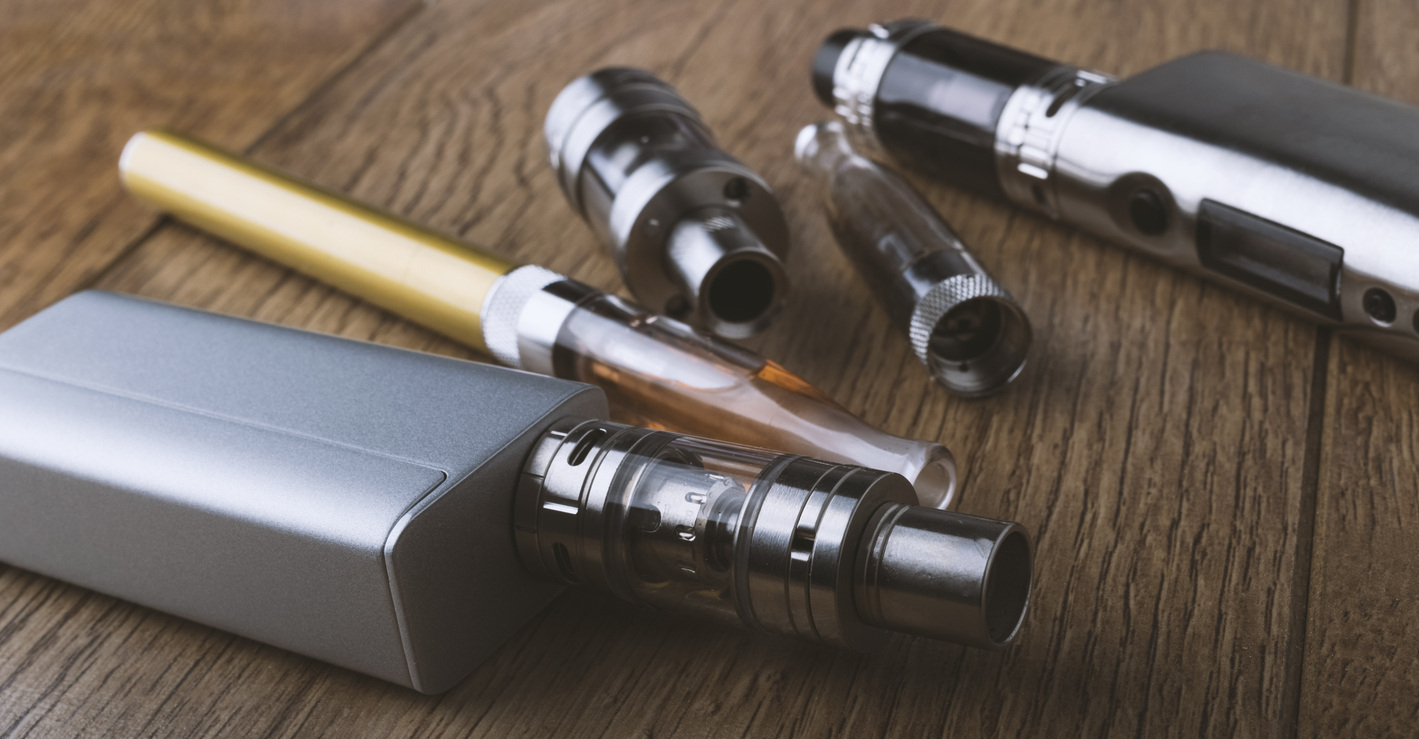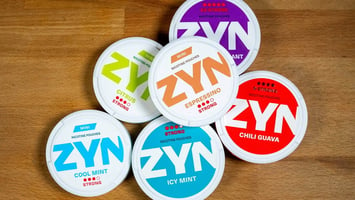The recent TSRC and InterTabac conferences have sparked important discussions surrounding the evolving landscape of tobacco products, regulatory standards, and harm reduction strategies.
2025 Trends in Tobacco Harm Reduction: Innovation, Regulation, and Market Dynamics
Nicotine

Dec 18, 2024 | Published by Broughton
Nicotine, Trends
The tobacco harm reduction (THR) industry is undergoing significant changes, driven by advancements in technology, evolving regulatory frameworks, and growing consumer demand for safer nicotine alternatives. As we approach 2025, the sector is set to witness transformative developments that will redefine its landscape. Here are the key trends shaping the future of tobacco harm reduction.
Regulatory Shifts and Their Impact
Regulation continues to play a critical role in shaping the THR industry, with diverging approaches across the globe. In the United States, recent political appointments to key health agencies may signal a shift toward more lenient policies for nicotine alternatives, such as e-cigarettes and nicotine pouches. For example, new leadership at the Food and Drug Administration (FDA) could ease the pre-market approval process, potentially accelerating product innovation and market entry. However, public health advocates remain cautious, warning that relaxed oversight might increase youth access and neglect safety standards.
In Europe, the regulatory focus is on emissions testing, flavour restrictions, and marketing claims. Ireland has recently banned disposable e-cigarettes, citing environmental and public health concerns, while the UK’s progressive age-based smoking ban aims to create a smoke-free generation. However, harm reduction advocates fear that such strict measures could unintentionally hinder the adoption of safer alternatives.
In the Asia-Pacific region, countries like Japan and South Korea are becoming significant markets for heat-not-burn (HnB) products, while others, such as India, maintain strict bans on vaping. Navigating this patchwork of regulations requires companies to adapt their strategies region by region.
Innovation in Nicotine Delivery Systems
Technological advancements are reshaping the THR industry, with a focus on improving user experience and safety. Next-generation nicotine delivery systems, such as heat-not-burn devices, are becoming increasingly sophisticated, offering consistent performance and reduced harmful by-products. Smart vaping devices equipped with Bluetooth technology allow users to monitor nicotine consumption and personalise their experience, appealing to tech-savvy consumers.
Nicotine pouches continue to gain traction as a discreet, smoke-free alternative, with significant investment driving innovation in this category. For instance, Philip Morris International is investing $600 million in a Colorado-based facility to meet the growing demand for Zyn nicotine pouches. These pouches, often marketed as tobacco-free, align with consumer preferences for convenience and reduced risk.
Synthetic nicotine is also emerging as a game-changer. Derived without tobacco, it offers a cleaner, more predictable profile for formulations and eliminates the environmental concerns associated with traditional tobacco farming. As regulatory scrutiny on tobacco-derived products increases, synthetic nicotine is expected to play a central role in future product development.
Sustainability Takes Centre Stage
Sustainability has become a critical focus for THR companies, with consumers and regulators demanding more environmentally responsible practices. Efforts to reduce the environmental footprint of nicotine products include:
- Biodegradable packaging: Addressing concerns over single-use plastics, particularly in disposable vaping devices.
- Carbon-neutral manufacturing: Leveraging renewable energy sources in production facilities.
- Sustainable sourcing: Encouraging tobacco farmers to adopt regenerative agricultural practices.
Brands that integrate sustainability into their business models are likely to gain a competitive edge, enhancing both consumer trust and regulatory compliance.
Scientific Validation and Consumer Education
Scientific validation remains a cornerstone of the THR industry, as companies strive to build credibility and align with regulatory standards. Rigorous studies have demonstrated that new-generation products, such as heat-not-burn devices and vaping products, reduce toxicants by up to 99% compared to traditional cigarettes. These findings are essential for fostering evidence-based discussions with regulators and the public.
Consumer education campaigns are also becoming increasingly sophisticated. Collaborations with healthcare organisations aim to dispel misinformation and promote the benefits of harm reduction. Data-driven marketing strategies are helping companies communicate the health advantages of their products more effectively, targeting smokers who are considering transitioning to safer alternatives.
Market Consolidation and Strategic Partnerships
The THR industry is witnessing a wave of mergers, acquisitions, and partnerships as companies seek to expand their portfolios and optimise costs. Market consolidation enables businesses to share research and development expenses, streamline production processes, and strengthen their global presence. Notable examples include Philip Morris International’s acquisition of Swedish Match and the rapid expansion of its nicotine pouch operations.
Strategic partnerships are also driving innovation, with companies collaborating on next-generation technologies and product testing. These alliances help brands remain competitive in an increasingly crowded market, ensuring they can meet consumer demands while maintaining regulatory compliance.
The Rise of Environmental Regulation
Environmental concerns are shaping the regulatory discourse around nicotine products. Disposable e-cigarettes, in particular, have come under scrutiny for their contribution to plastic waste and e-waste. Countries like Ireland have already banned these products, and similar measures are being considered in other markets. Companies are responding by investing in reusable systems and biodegradable materials, aligning their practices with global sustainability goals.
Consumer-Centric Product Development
As the THR market matures, companies are placing greater emphasis on understanding and addressing consumer preferences. Personalisation is emerging as a key trend, with products designed to cater to individual tastes and nicotine needs. Advances in flavour formulation, nicotine delivery, and device design are enhancing the user experience, making harm reduction products more appealing to adult smokers looking to switch.
Conclusion
The tobacco harm reduction industry in 2025 will be shaped by innovation, regulation, and sustainability. Companies that embrace these trends while prioritising consumer needs and public health will be well-positioned to lead the sector. From advanced nicotine delivery systems to sustainable practices and evidence-based education, the THR industry is taking bold steps toward a healthier and more responsible future. As the market evolves, the ability to balance growth with ethical considerations will be critical to its long-term success.
Learn more about bringing your nicotine pouch products to market with our guide.


